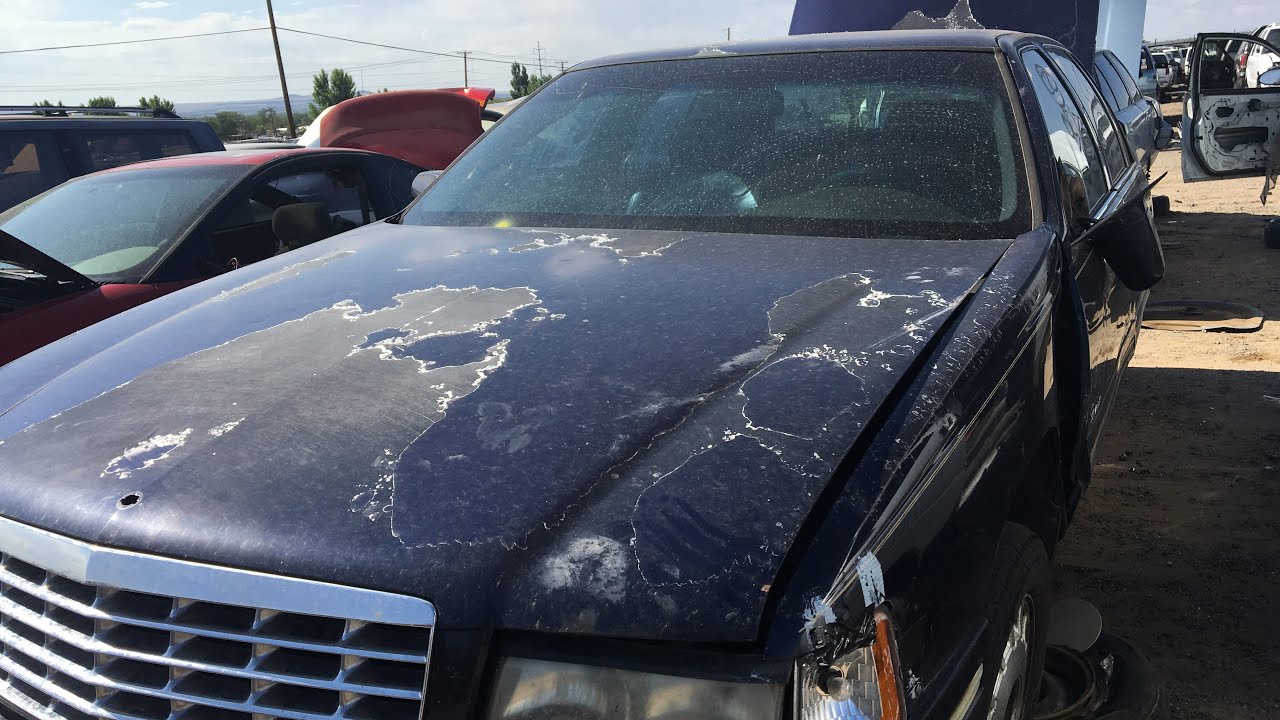
What is a Car's Clear Coat?A clear coat, also sometimes called a clear lacquer or crystal coat, is a colorless topcoat that is typically applied over the vehicle’s paint after it has been sanded and polished. A clear coat serves as the outermost protective layer for a vehicle’s painted surface. It helps shield the underlying paint from environmental elements like UV rays from the sun, acid rain, tree sap and other contaminants that can cause damage over time if left unprotected.Application of a Clear CoatWhen a vehicle receives a fresh paint job at the factory or body shop, the application of a
Car Clear Coat is typically one of the last steps in the painting process. After the basecoat or color coat is applied, the surface is sanded very lightly to smooth out any imperfections. Then a clear coat material is sprayed on using a spray gun in thin, even coats. Multiple light coats are applied rather than a single heavy coat to avoid runs or sags in the finish. The clear coat is then allowed to fully cure and harden under heat lamps or in a UV light-curing booth.
Advantages of Using a Car's Clear Coat
A high-quality clear coat offers several important benefits for protecting and preserving a vehicle's painted exterior:- UV Protection: Clear coats contain UV protectants that absorb and shield paint from the sun's damaging ultraviolet rays, which over time cause paint to fade, chalk and lose shine and gloss. UV protection is especially important for vehicles parked outside exposed to full sun.- Scratch Resistance: Modern clear coats are formulated to be harder and more chip-resistant than paint alone. This helps the finish withstand minor scratches, abrasions and debris that could otherwise damage the basecoat.- Gloss Retention: A clear coat helps maintain a high-gloss, mirror-like shine to a vehicle's paint for much longer than paint without protection. Gloss tends to diminish more slowly over the lifetime of the clear coat.- Improved Durability: When applied properly with appropriate curing times, a clear coat creates an extra durable, high-performance barrier for the paint that can withstand exposure to weather, road debris and other environmental hazards much better than unprotected paint.- Easier Maintenance: In most cases a clear coat layer can be buffed, polished or waxed to remove minor scratches and oxidation without having to fully repaint the vehicle. On high-gloss clear coats, minor imperfections may not even be visible after polishing.
Lifespan of a Car's Clear Coat
Modern automotive clear coats used at factories and professional shops have lifespans ranging from 5-10 years when properly maintained. However, their longevity depends on a few key factors:- Quality of Application: Thinner coats, improper curing and application errors can reduce a clear coat's durability. Professionally-applied coats tend to last the longest.- Environmental Exposure: Clear coats break down faster on vehicles exposed to direct sun/UV rays without protection, extreme heat/cold, road salt or industrial areas. Garaged vehicles have clearer coats that last longer.- Washing/Waxing Frequency: Regularly washing and maintaining the clear coat with wax or sealant protects it from contamination and weathering, extending its lifespan significantly.- Paint Condition: If the underlying basecoat starts peeling or cracking, the clear coat will not adhere as well over time and may delaminate prematurely.
Signs a Car's Clear Coat is Failing
There are a few telltale signs that indicate a vehicle's clear coat is starting to fail or break down prematurely:- Fading, Chalking or Loss of Gloss: The paint will look duller than normal and will fade to a flat or chalky appearance rather than a high-shine gloss.- Swirling or Fine Scratches: Under direct light, many fine hairline scratches will be visible all over the paint, even after washing.- Peeling or Delamination: In severe cases, sections of the clear coat will actually peel up or delaminate from the underlying paint in small flakes or patches.- Oxidation or “Salt and Pepper” Appearance: White or gray spots will develop that cannot be buffed out, indicating a breakdown of the clear coat at a chemical level.- Fisheye Defects: Small round/oval paint defects that look like little craters will form, usually from improper application of solvent-based clear coats.When a car's clear coat starts degrading this rapidly, repainting or refinishing is typically necessary to fully restore the vehicle’s appearance. Catching clear coat failure early allows for stripping and recoating before the paint sustains permanent damage. Maintaining vehicle clear coats through regular washing, waxing and protection is key to maximizing their longevity.
Get More Insights On, Car Clear Coat
About Author:Money Singh is a seasoned content writer with over four years of experience in the market research sector. Her expertise spans various industries, including food and beverages, biotechnology, chemical and materials, defense and aerospace, consumer goods, etc. (https://www.linkedin.com/in/money-singh-590844163)

































